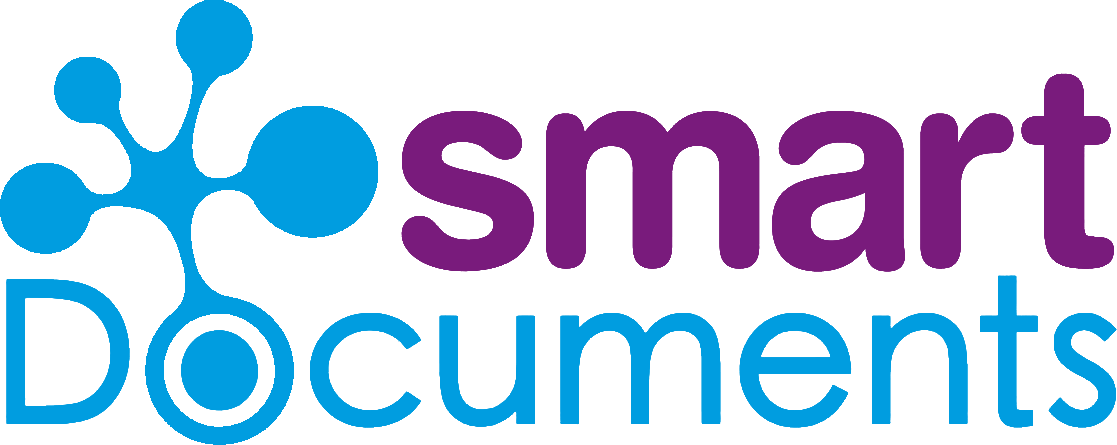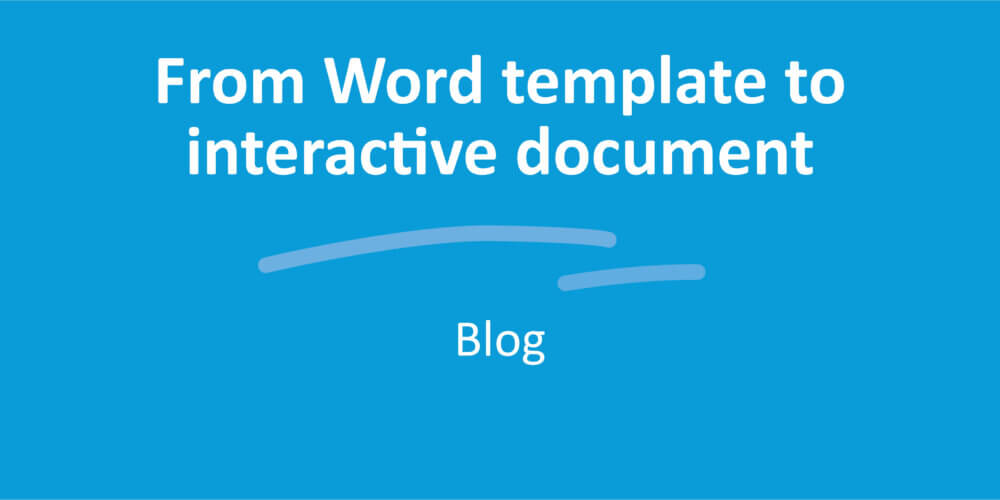Testing your interactive document template

You’ve got dinner guests, and you decide to take a stab at that complicated recipe from that celebrity chef. Of course you taste the result thoroughly before you serve it to your guests. That’s just common sense! You always test something the first time you try it out. Right? This same goes for an interactive document template. However steadfast your faith in the genius of your smart template: put it to the test!
It’s only normal to taste a dish before serving it. That doesn’t make you an unskilled or inexperienced cook. What’s more: you know the flavors you want to taste, and can check if you’ve already achieved that perfection. When you develop a template, you’re striving for the same goal. Your “guests” here are your end users. You want them to receive a perfectly functioning template. So test it out! This is just as important after a minor change to an existing template. Just apply that to our dinner host… Just one extra chili pepper can make a world of difference. Sometimes positive (nice and spicy) and sometimes negative (my mouth’s on fire!).
The importance of testing templates
Just as a writer can miss that one little word even after three read-throughs, template builders can also overlook things. Testing your new or updated document template shows you what you still need to fine-tune. You need to run through the same steps that the end users soon will, to make sure they work right. This way, you don’t have Hannah from Customer Service in your office and Mark from Accounting on the phone right after you release the template. Saves you loads of time (and headaches).
How to test your document template
When you’re finished with your new or updated template, you can test it. Does it work like you want it to? Is that change a good addition? Does the template structure make sense? Want to get feedback from colleagues? If so, you can “check the template in” in SmartControl. This “finalizes” the document template, as it were. The template is not yet visible to end users, but it is visible to your fellow template managers. They can now review your template and make any necessary adjustments. You can also use the Co-Authoring module to assign tasks to others directly. Once you’ve got your document template how you want it, hit publish! Once published, your template is visible to everyone with the rights to work with it.
Roll back changes
Just because your template passed its test, doesn’t make it a done deal. Did you make an ingenious change to the template, but no one can get used to it? Or did your latest change turn out to be a total disaster, and has your colleagues creating otherworldly documents? No sweat! Even after you publish your updated document template, you can still go back. Thanks to SmartDocuments version management, you can always revert to an older version of a template if needed. It also enables you to tweak a brand-new template that still needs a few adjustments.




